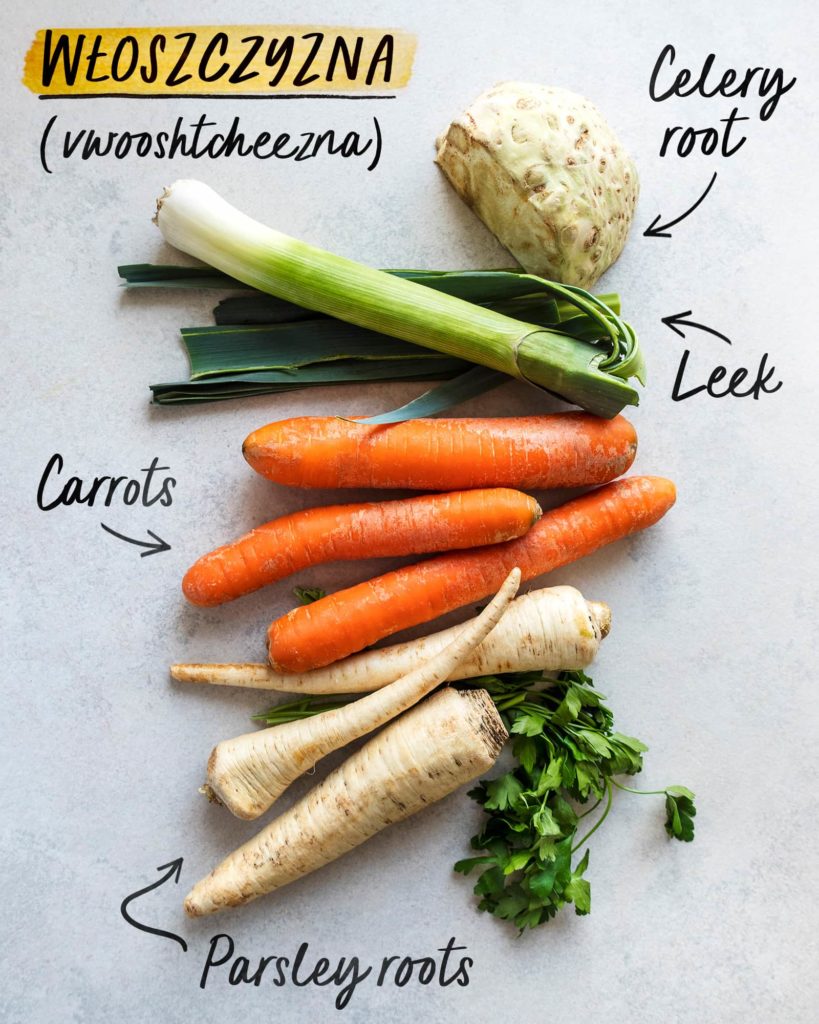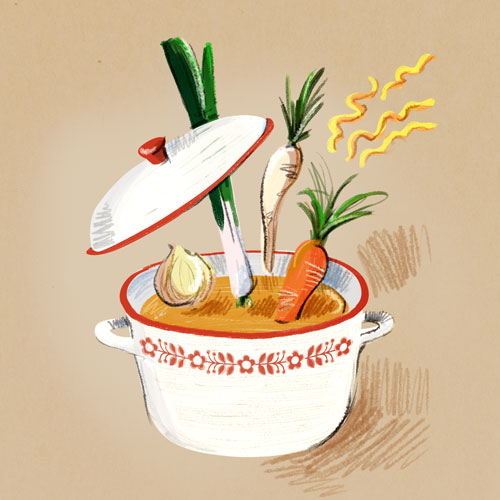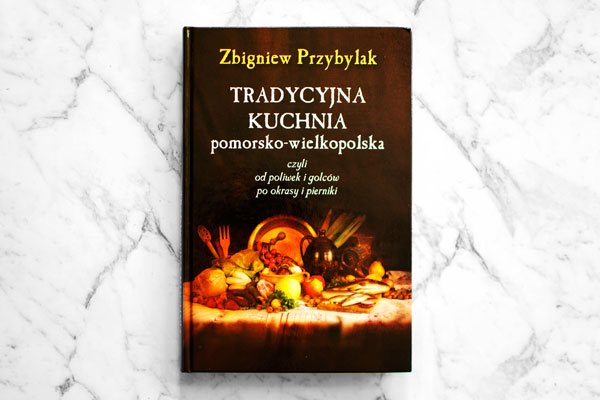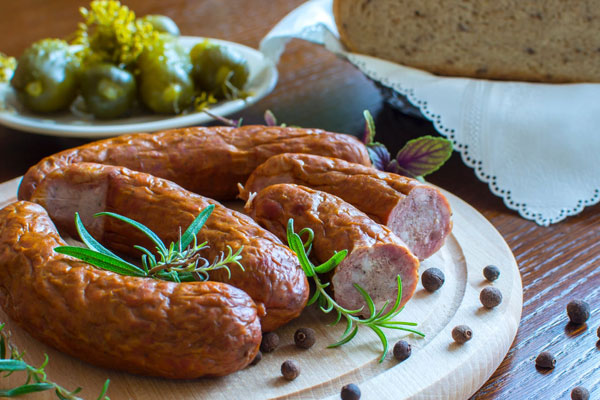Włoszczyzna: Aromatic Flavour-Bomb, Polish-style
In Polish cooking, włoszczyzna (pron.: vwooshtcheezna) is a set of vegetables used as an aromatic flavour base for an array of Polish soups, stews and sauces. Internationally, similar mixes include French mirepoix, Italian soffritto, German suppengrün and many more.
Włoszczyzna literally translates to “the Italian stuff”. Originally, it meant everything relating to Italy, including language, customs and fashion (source in Polish).
Today, the term is mostly associated with certain vegetables, sold as a pre-packaged set consisting of *:
- 3-4 carrots
- 2-3 parsley roots
- ¼-½ celery root (celeriac)
- 1 leek (white part)
*The exact amounts vary, depending on the size of vegetables.

On occasion, Włoszczyzna also includes:
- portion (⅛-¼) of savoy or white cabbage
- celery leaves and/or fresh parsley leaves
The vegetables are sold in supermarkets and farmer’s markets, simply tied together with a rubber band.
Dried or frozen Włoszczyzna is available, but in practice – rarely used. If stored correctly, root vegetables stay fresh for a long time, and there’s no need to preserve them for the winter months.
Cooking with Włoszczyzna
Włoszczyzna is traditionally used as a flavouring ingredient for broth, which is then transformed into other popular dishes.
To start, the vegetables are sliced into evenly sized pieces. The smaller they are, the quicker they’ll give off their taste and aroma. Meat-based broths have also another key ingredient – onions, burnt over the fire burner. Onions aren’t typically sold as a part of włoszczyzna, but they’re an integral part of many recipes.
Broths are brewed for many hours. Once the vegetables are strained out, there’s not much flavour left in them. It’s a common practice to throw them away afterwards, but that wasn’t always the case.
Only a few decades ago, when food was scarce, cooked-to-death włoszczyzna would be transformed into Sałatka Jarzynowa, a Polish-style vegetable salad similar to Olivier salad, or ground into pierogi fillings. While the zero waste movement is commendable, in this particular case – this practice is not recommended today. The salad will end up flavourless.
A bit of history
There’s a common belief that Queen Bona Sforza has introduced włoszczyzna to Polish cuisine. She was an Italian duchess who married Polish King Sigismund I the Old in 1518, and brought some of her favourite foods and costumes with her.
Despite not being historically accurate, this tale keeps on reemerging to this day in various articles and publications. In fact, most of the włoszczyzna veggies were already present on Polish tables before Queen Bona has arrived.
Glossary
Włoszczyzna – aromatic flavour base for Polish recipes, consisting of a mix of vegetables: carrots, parsley root, celery root, leek and cabbage.
Włoszczyzna mrożona – frozen włoszczyzna
Włoszczyzna suszona – dried włoszczyzna



